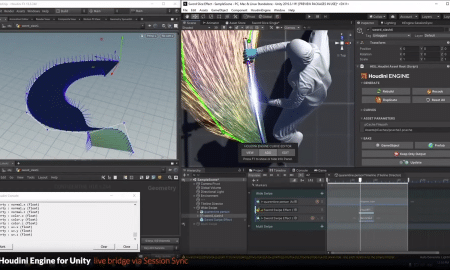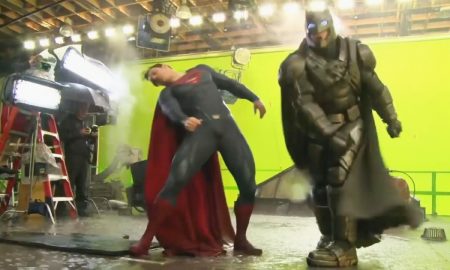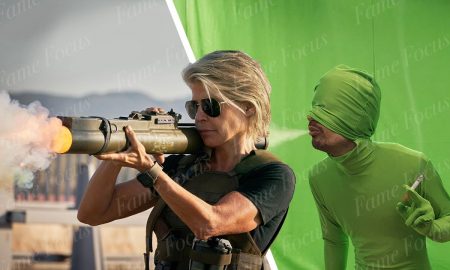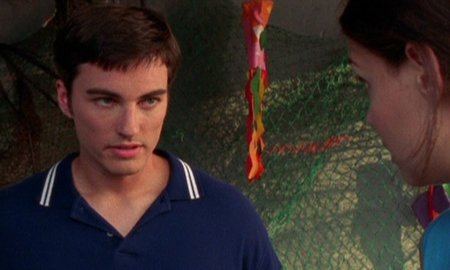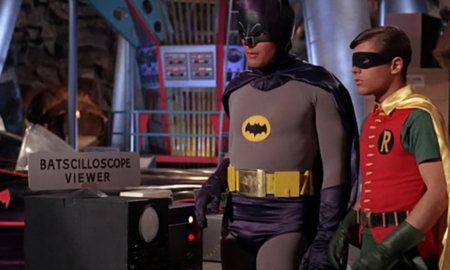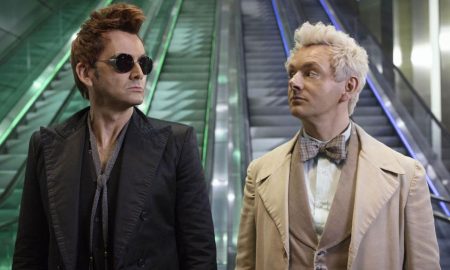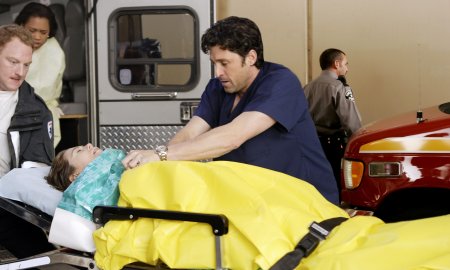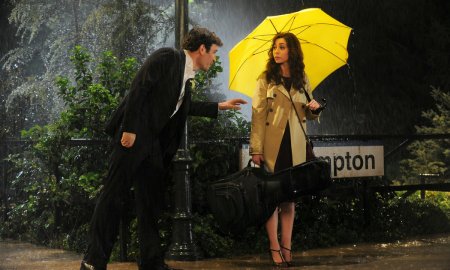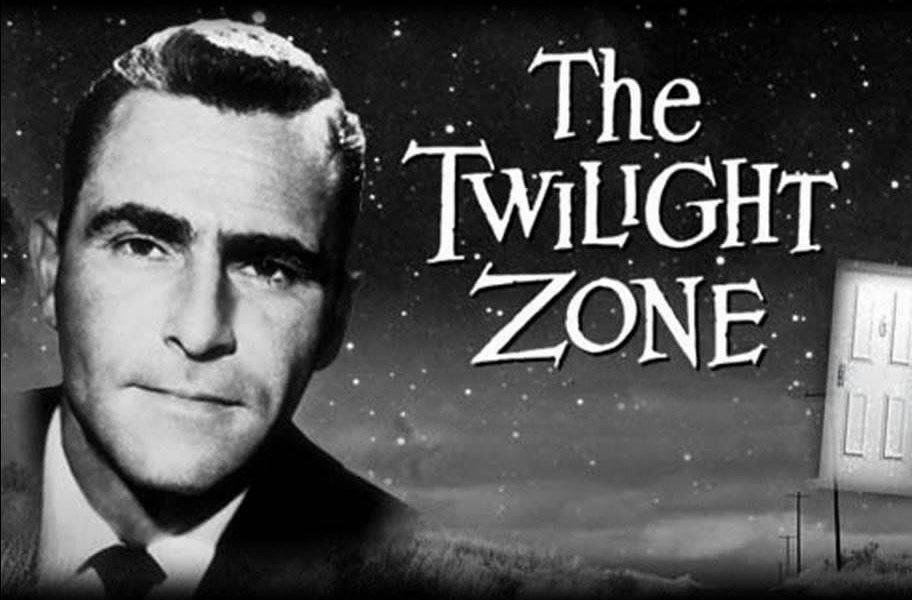

Every nerd worth their salt can describe — in great detail — at least one single episode from the original run of The Twilight Zone. The episodic masterpiece was the originator of some of the best stories, most compelling twists, and incredible performances of the 1950s and 1960s. The star-studded series helmed by Rod Serling (aka, the Man Himself) has earned its right among the upper levels of science fiction history, and TV history in general. But how much do you really know about the show and its origins? Here, for your consideration, are a few things they didn’t want you to know about The Twilight Zone.
1. The Origins of ‘The Twilight Zone’
From his time as a boy into manhood, Rod Serling nursed an equally passionate love for both the pulp fiction of his day as well as contemporary politics. In addition, Serling was an avid critic of censorship in any form. It was the marriage of these ideas that helped inform The Twilight Zone, which used its sci-fi trappings as a means to explore contemporary themes in a way that largely prevented network intervention. Another way to say that is: Rod Serling was freaking brilliant.
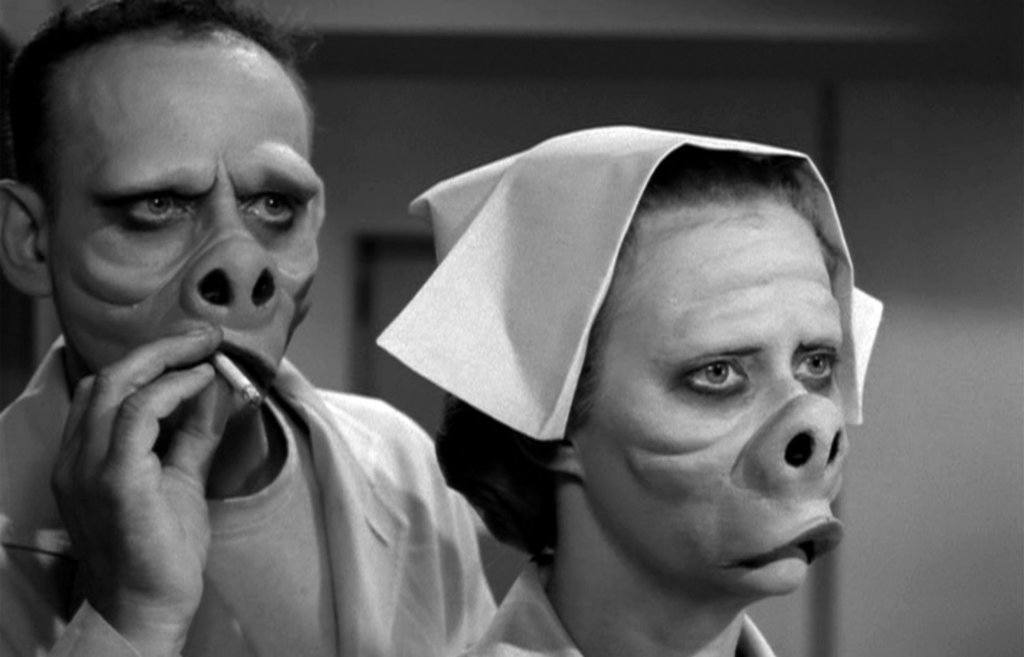
2. The Time Element, part 1
After years spent earning a name for himself in TV thanks to his knack for crafting compelling scripts, Serling’s first foray into science fiction came in 1958 with a teleplay called, “The Time Element,” which he hoped to draft into an episodic series. Unfortunately, cautious of the script’s content — in which a man has nightly recurring dreams that he’s warning people about the attack on Pearl Harbor only to explain his issues to a therapist, fall asleep on the doctor’s couch, and get killed in the attack on Pearl Harbor — was deemed too odd and the pilot was shelved.
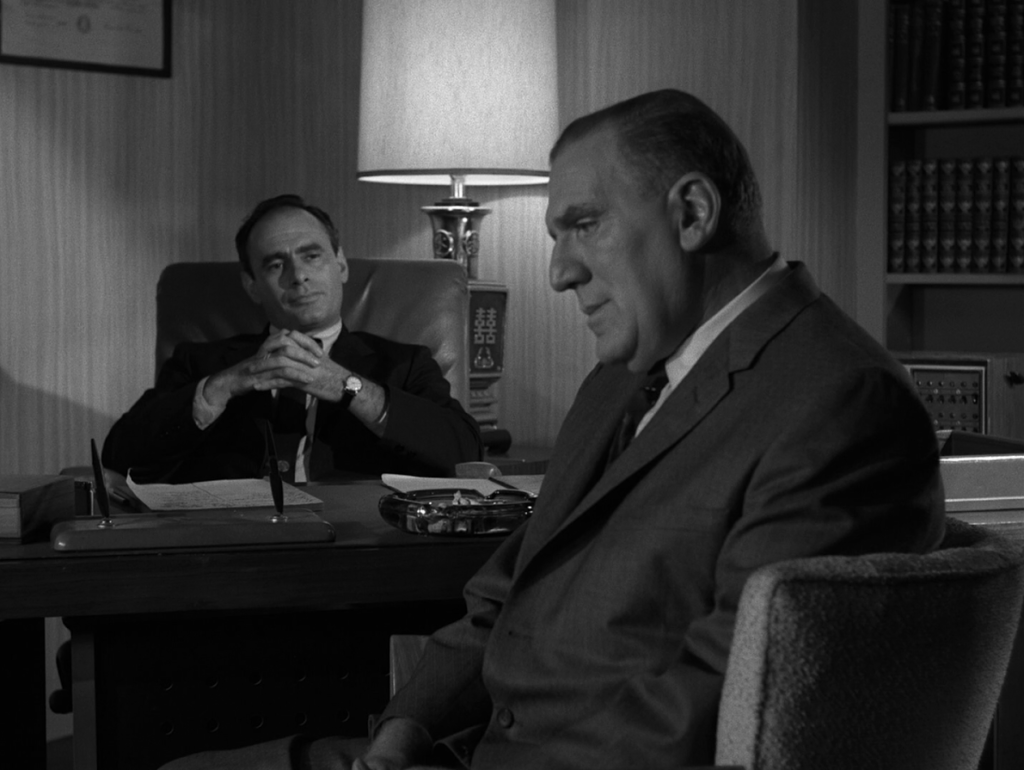
3. The Time Element, part 2
It wasn’t until the producer of Westinghouse Desilu Playhouse (an anthology series on the channel) went searching for a Serling script later that year that “The Time Element” was produced and put on the air. Thanks to the rave reviews the episode earned, CBS more than happily signed Serling on, airing the pilot “Where Is Everybody?” (about a hallucinating astronaut candidate) late in 1959.
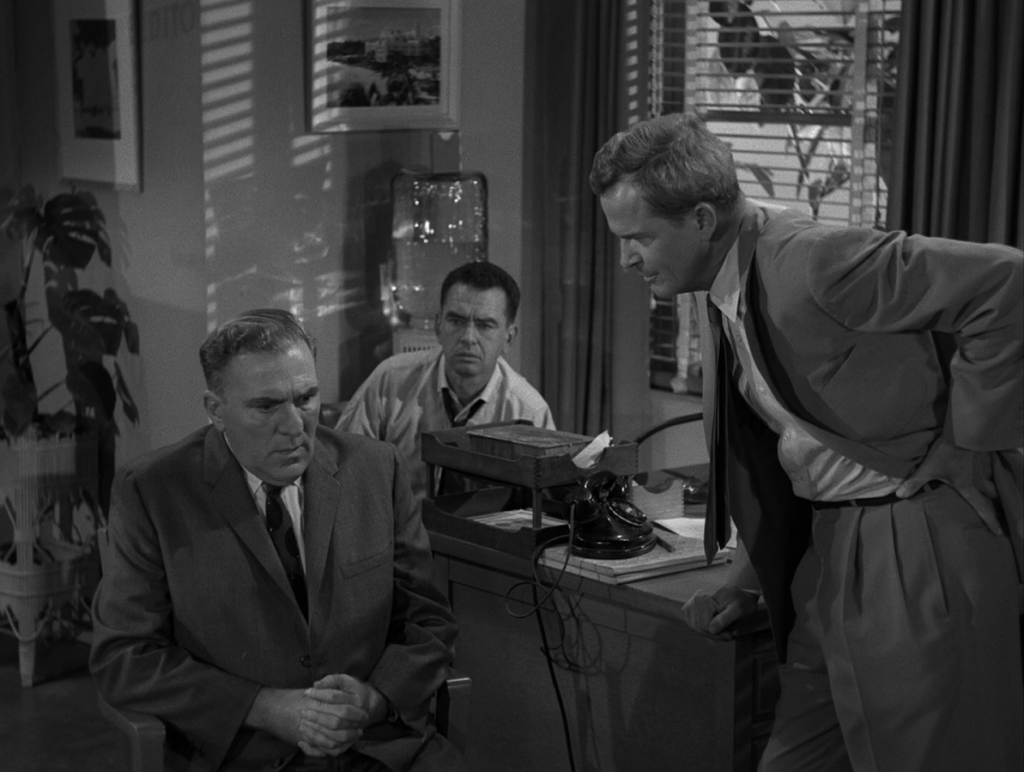
4. The Murderer’s Row of TV Writers
While it was Serling who wrote about about two-thirds of the episodes of the original run, he also drafted a group of people who would go on to influence the paths of both science fiction and television. Among the show’s original writers were esteemed sci-fi writers Charles Beaumont and Ray Bradbury, George Clayton Johnson, who wrote the first episode of Star Trek and Logan’s Run, Richard Matheson, who dropped I Am Legend, Earl Hamner, Jr., the creator of The Waltons, Reginald Rose, one of early televisions most influential writers, and Jerry Sohl, who later contributed to Alfred Hitcock Presents, The Outer Limits, and Star Trek.
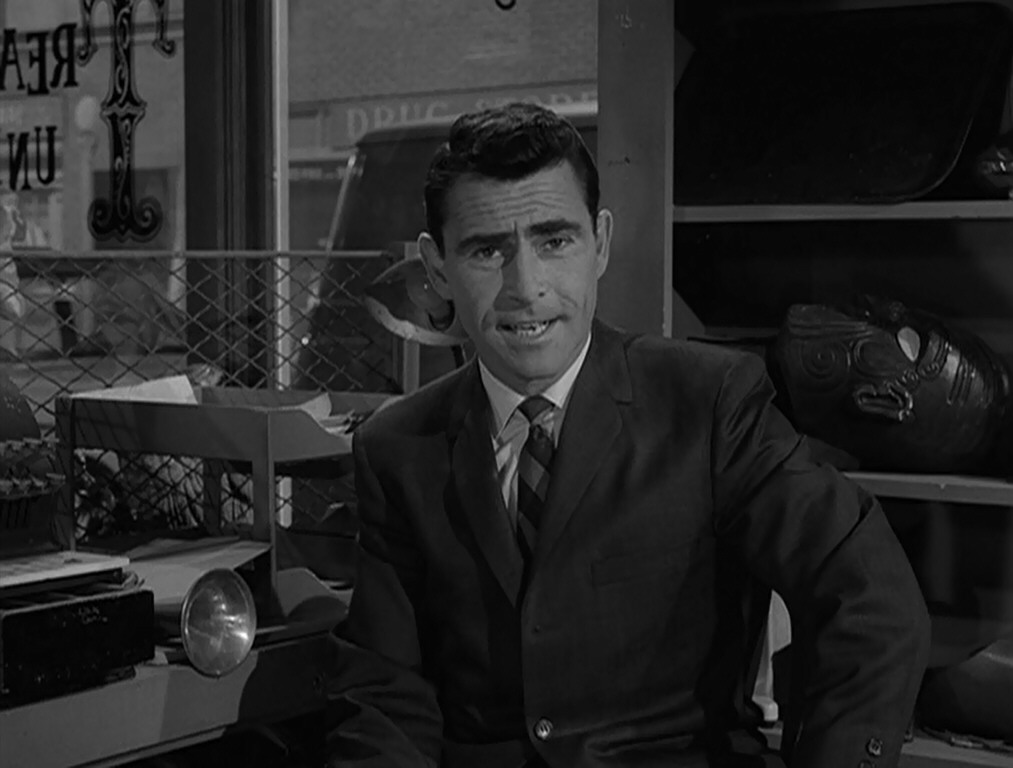
5. Science fiction was a tough sell in the 50s
Rod Serling — previously esteemed in the television writing community — saw his star take a considerable hit in the early days of The Twilight Zone. At one point Mike Wallace even told him, “[Y]ou’re going to be, obviously, working so hard on The Twilight Zone that, in essence, for the time being and for the foreseeable future, you’ve given up on writing anything important for television, right?”
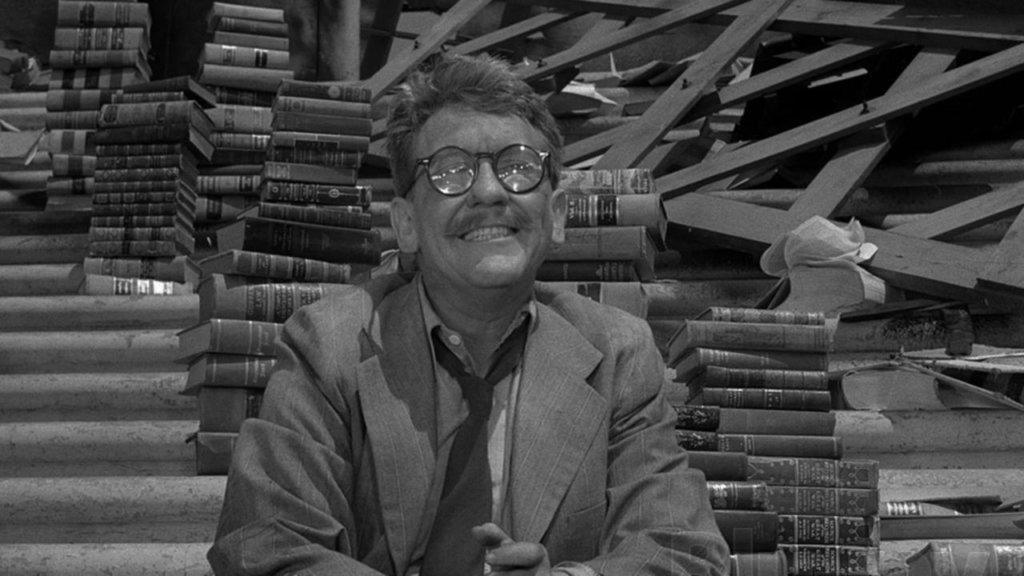
6. Serling Was a ‘Behind the Scenes’ Man
Everyone who’s seen an episode of the show has likely fallen just a little in love with the businesslike man who introduced each story. Over the years, Rod Serling’s hosting duties on The Twilight Zone have become incredibly esteemed for the unique charisma he lent the series. At first, though, Serling actually had to be coerced to appear on the show because he was extremely nervous going in front of the camera.
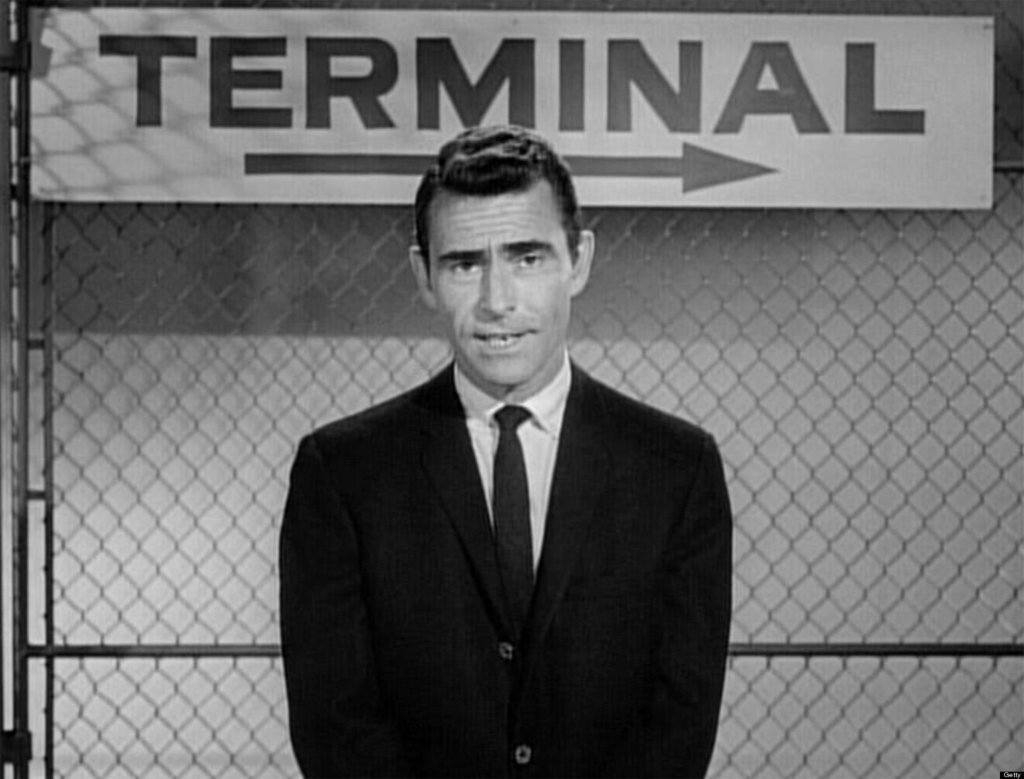
7. You Can’t Cheap Out On Quality
In season two, the network brass at CBS attempted to cut the costs of The Twilight Zone by requiring that some of the season’s episodes be shot on videotape. Unfortunately, the limitations of the format — which necessitated on-set shooting, thus limiting the potential for big stories — saw Serling force the abandonment of videotape shooting after just six episodes.
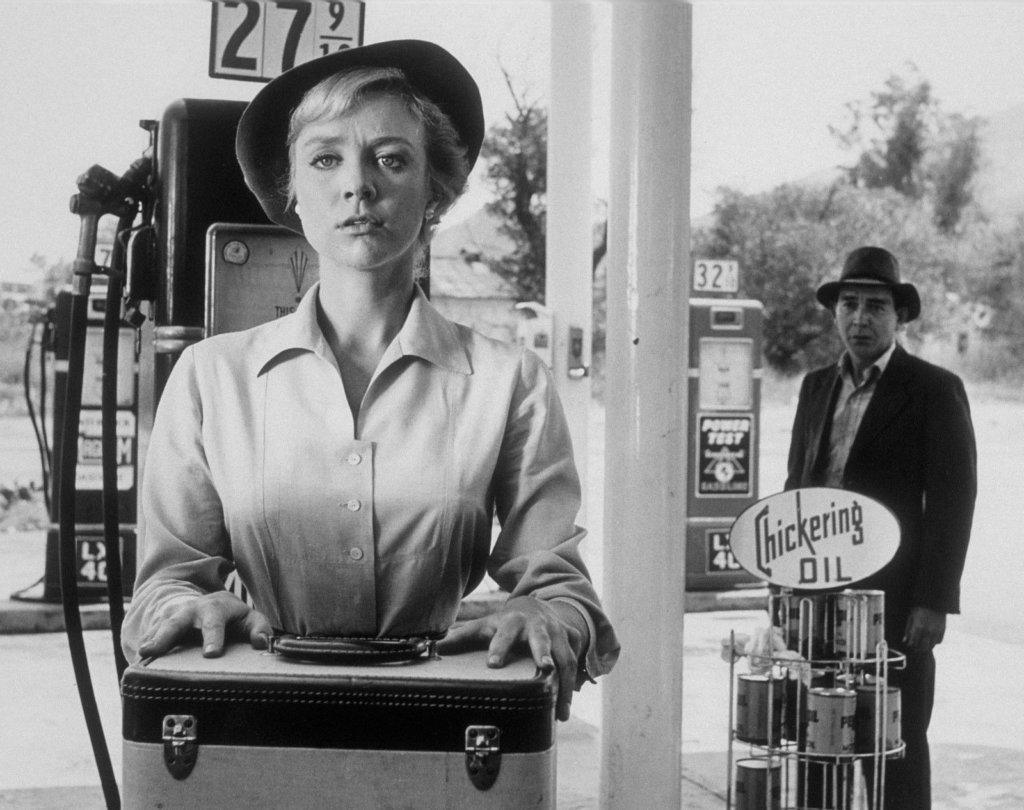
8. The First Revival
From 1985 to 1989, CBS rebooted The Twilight Zone after a 22-year hiatus. While bits and pieces of the show were critically acclaimed, the new series failed to gain a very large following. What’s more, the first revival was actually the third pitch to the series. The first came from Serling himself, and the second came from Francis Ford Coppola. To think of what might have been.
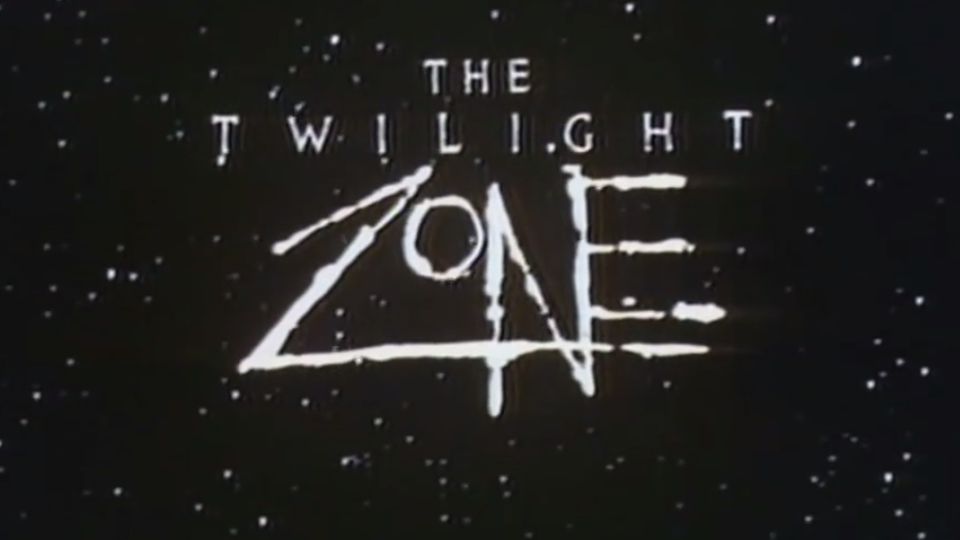
9. The Spielberg Element
Iconic film director Steven Spielberg was a huge fan of the show. It was not only one of his favorites growing up, but he even took the time to direct one segment of Twilight Zone: the Movie. His part was a remake of “Kick the Can,” a light-hearted bit of magic about some retirement home locals who learn to be young at heart. Sort of.

10. Director John Landis Was Prosecuted for Manslaughter
While shooting a scene for Twilight Zone: the Movie involving prolific actor and director Vic Morrow and two Vietnamese children — 7-year-old Myca Dinh Le and 6-year-old Renee Shin-Yi Chen — a helicopter crashed on the three actors, killing them instantly. You can Google the specifics if you want, but it’s graphic and I wouldn’t recommend it. Four people, including director John Landis, were prosecuted (and acquitted) of involuntary manslaughter as a result.
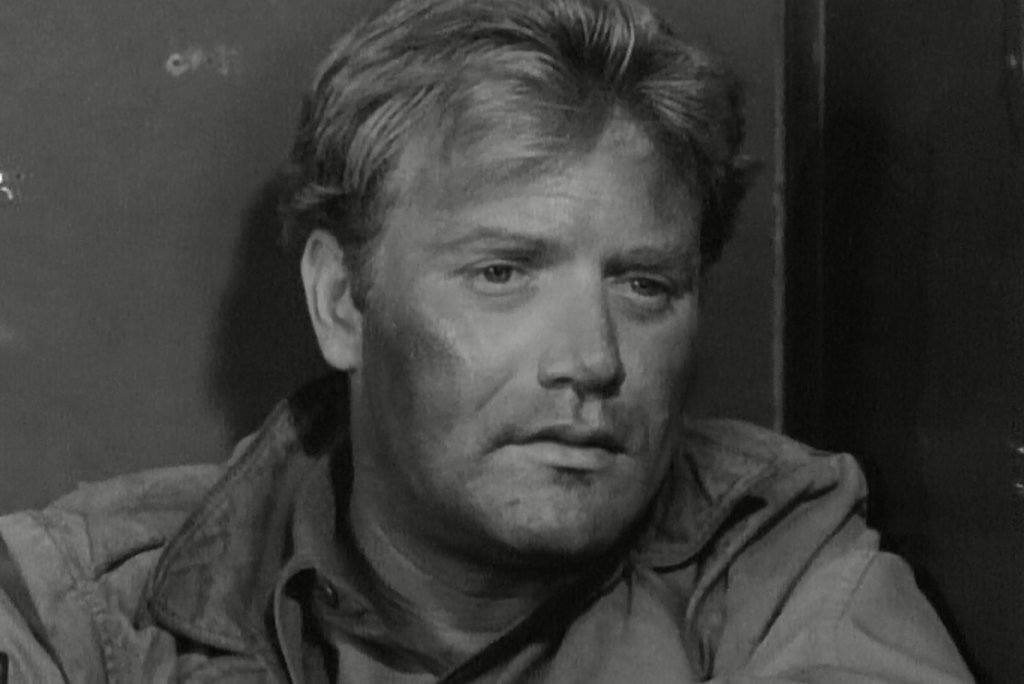
11. Ray Bradbury’s Only Episode
Okay, so Ray Bradbury was definitely one of the original writers, and he definitely wrote a bunch of scripts for the show. Unfortunately, only one of those scripts — an adaptation of his short story “I Sing the Body Electric” — made it to TV. Serling later remarked that Bradbury’s work was better suited to print than television. Bradbury, in turn, accused Serling of plagiarism, an insult which Serling didn’t dignify with a response.
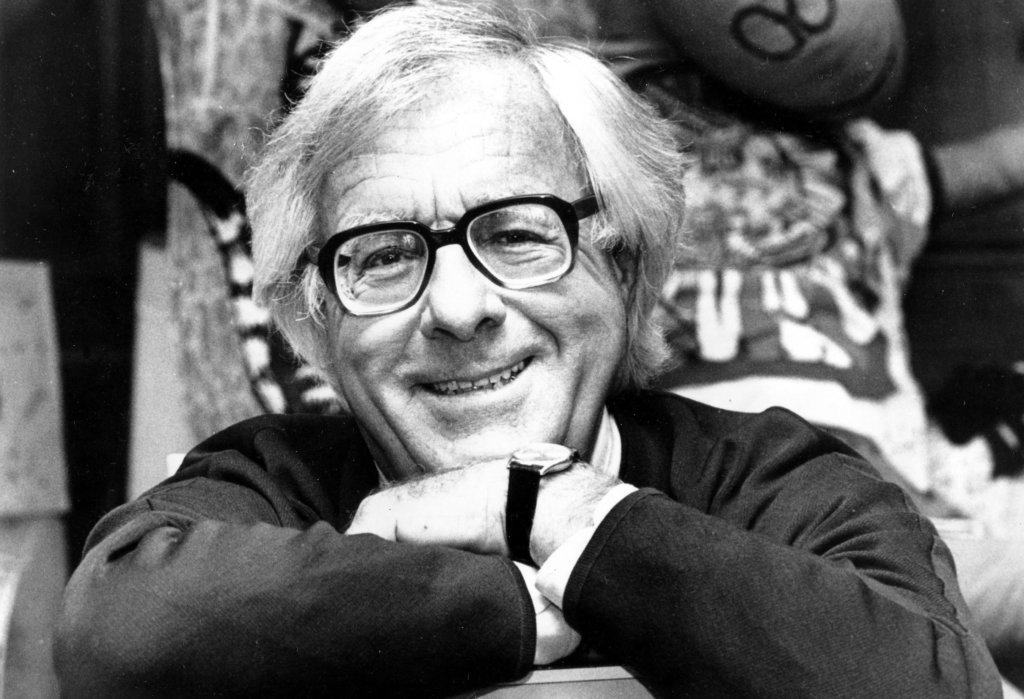
12. Nightmare at 20,000 Feet
You most likely know about “Nightmare at 20,000 Feet” the classic series episode in which William Shatner totally wigs out because he keeps seeing a gremlin on the wing of his commuter flight. Ultimately, the plane is forced to land and Shatner is carried off in a straightjacket, but (twist!) there’s claw marks and damage to bits of the plane. It’s a very popular episode that you may not realize was directed by future Lethal Weapon and Superman helmer Richard Donner.
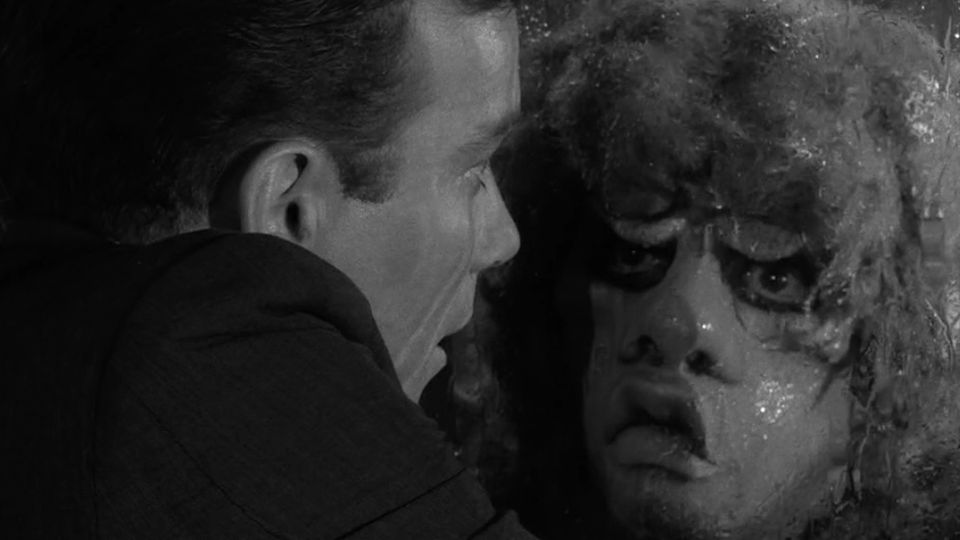
13. A Quick Note About God
According to writer Richard Matheson, there was one strange rule that prevailed on the set. Only the show’s creator, Rod Serling, was allowed to use the word “God” in his scripts. Everyone else saw their use of the word eliminated in the writer’s room. To this day, the reason for the rule remains unexplained.
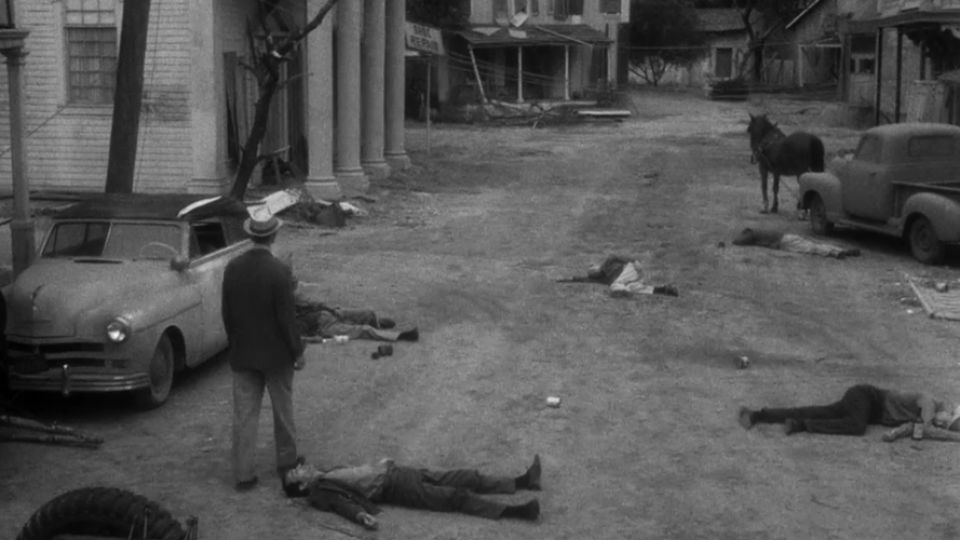
More in TV
-
Christian Group Attempts to Ban a Show They Haven’t Seen
20,000 people have signed Return to Order’s (a Christian Group) petition asking Netflix to cancel Amazon Prime Video’s new limited series...
June 20, 2019 -
10 TV Characters Who Almost Ruined A Hit TV Show
It’s no secret that most TV shows have to keep bringing in fresh blood if they want to keep fans interested....
May 4, 2018 -
All 14 American Idol Judges, RANKED
Now that American Idol is back on the small screen, Season 16 of the singing competition has us reminiscing about the...
April 13, 2018 -
15 Biggest Mistakes In Popular TV Shows
Some of our favorite TV shows from the past and present have the ability to keep us on the edge of...
January 30, 2018 -
11 Reasons You Should Start Watching ‘Ray Donovan’
With five seasons in the books and a sixth season slated for production in 2018, Showtime’s Ray Donovan has quickly become...
November 27, 2017 -
10 TV Characters We Never Got to Fully Know
These characters were an important part of their respective shows, but a huge part of them still remains a mystery. In...
November 22, 2017


